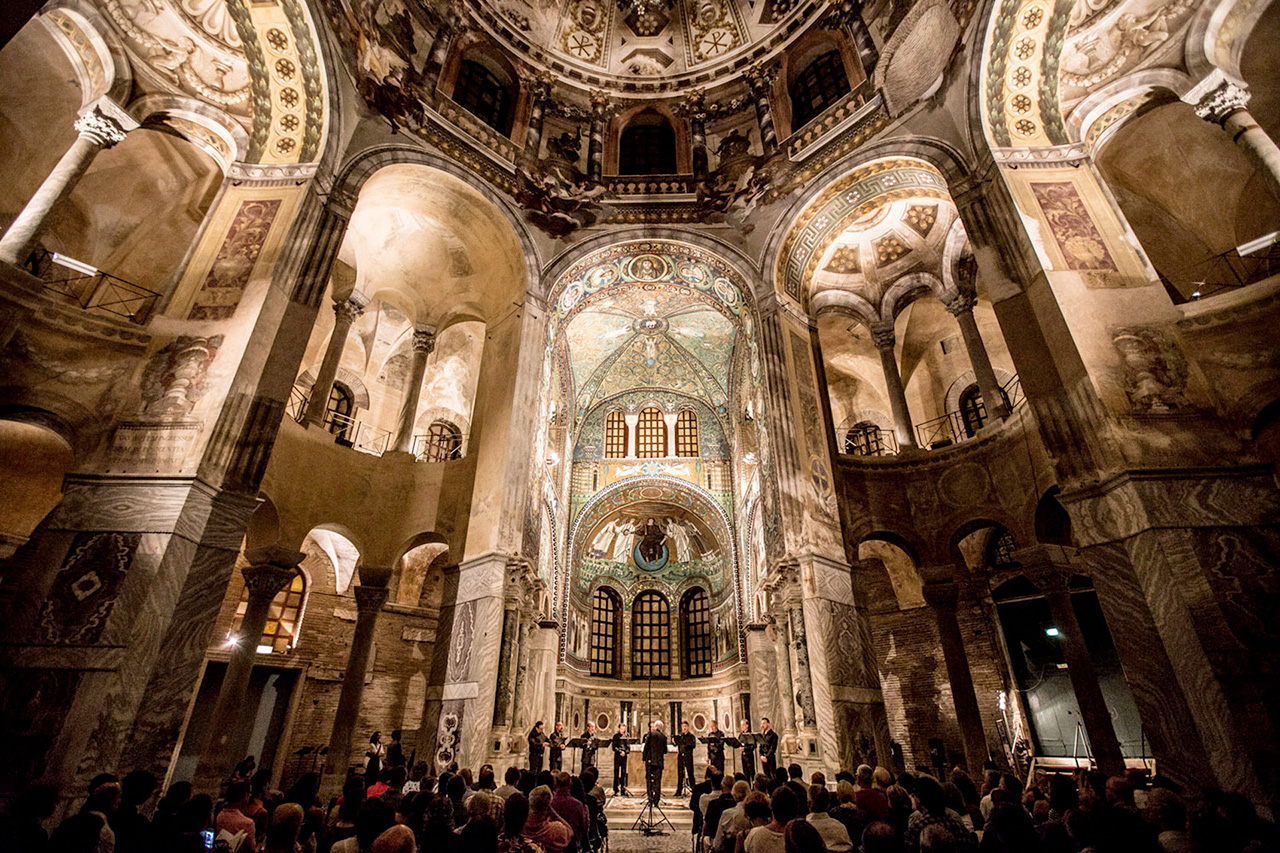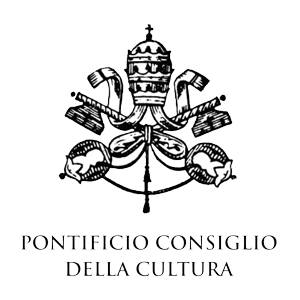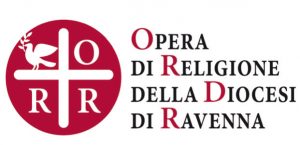© Luca Concas
Vespers at San Vitale
Melodie bizantine
Music from the Orthodox churches
Irmos Ensemble
Margarita Swarczewskaja mezzo-soprano and artistic direction
Anna Tarca mezzo-soprano
Bayarma Rinchinova contralto
Valeria Cecon mezzo-soprano
Programma
Evlogitos eì, Christe ò Theòs imon
“Sii benedetto Cristo o Dio nostro”, Whitsun troparion
Eighth tone – plagal tone of the fourth (Byzantine music, Greek language)
Oče naš
“Padre nostro”
(Znamenny Russian tradition 15th century, ecclesiastical Slavic language)
Dostojno jest
“è veramente giusto proclamarti beata o Madre di Dio”
First tone (Byzantine music, ecclesiastical Slavic language)
melody ascribed to Gregorios Byzantios Protopsaltis (1778-1821)
Angelskij Sobor
“L’assemblea degli angeli restò attonita”, troparion of the Resurrection of the Sunday Matins
Fifth tone – plagal tone of the first (Byzantine music, ecclesiastical Slavic language)
V Cermnem mori
“Nel mar Rosso fu tracciata un tempo l’immagine della sposa ignara di nozze”
Fifth tone (ecclesiastical Slavic language)
Osmoglasnik by Stefan Lastavica, arranged by M. Swarczewskaja
Sticherà ai SS. Cirillo e Metodio
Sixth tone (ecclesiastical Slavic language)
melody by Stefan Lastavica (1908-1966)
Velicit duša moja Gospoda
“L’anima mia magnifica il Signore”
Fourth tone (ecclesiastical Slavic language)
Osmoglasnik by Stefan Lastavica, arranged by M.Swarczewskaja
Trisagion (Svjati Bože)
“Santo Dio Santo Forte Santo Immortale, abbi pietà di noi”, Trinity liturgical hymn
Sixth tone – plagal tone of the second (Byzantine music, ecclesiastical Slavic and Greek language)
melody of the Sacred Monastery of St. George (Mount Athos)
Agni Parthene
“O Signora Vergine e pura” hymn to the Mother of God
(Greek language)
text by St. Nectarios of Aegina (1846-1920)
music of an anonymous monk of Mount Athos
Pashalni Stihiri
Easter stichiràs
Fifth tone – plagal tone of the first (Byzantine music, ecclesiastical Slavic language)
Ecclesiastical chants of the great Byzantine tradition, especially of Constantinople during the Imperial period (9th-15th centuries) on texts written in ecclesiastical Slavonic and Greek. A chant based on the so-called eight ecclesiastical tones. Traditional Greek music features the use of the ison: a pedal note that accompanies the melody. The device has a spiritual significance: the ison represents non-created nature, which is God who is ever true to himself, while the melody represents the activity of mankind that, ever changeable, relies on God. Hence, Byzantine music is a high form of universal prayer.
The Serbian and Russian tradition maintains the eight tone structure, but without the ison. In Russia, the Byzantine monody is called Znamenny, from znamie (“neuma”).
The Serbian liturgical chants of the oral tradition have been collected in books entitled Osmoglasnik (“book of the eight tones”).




